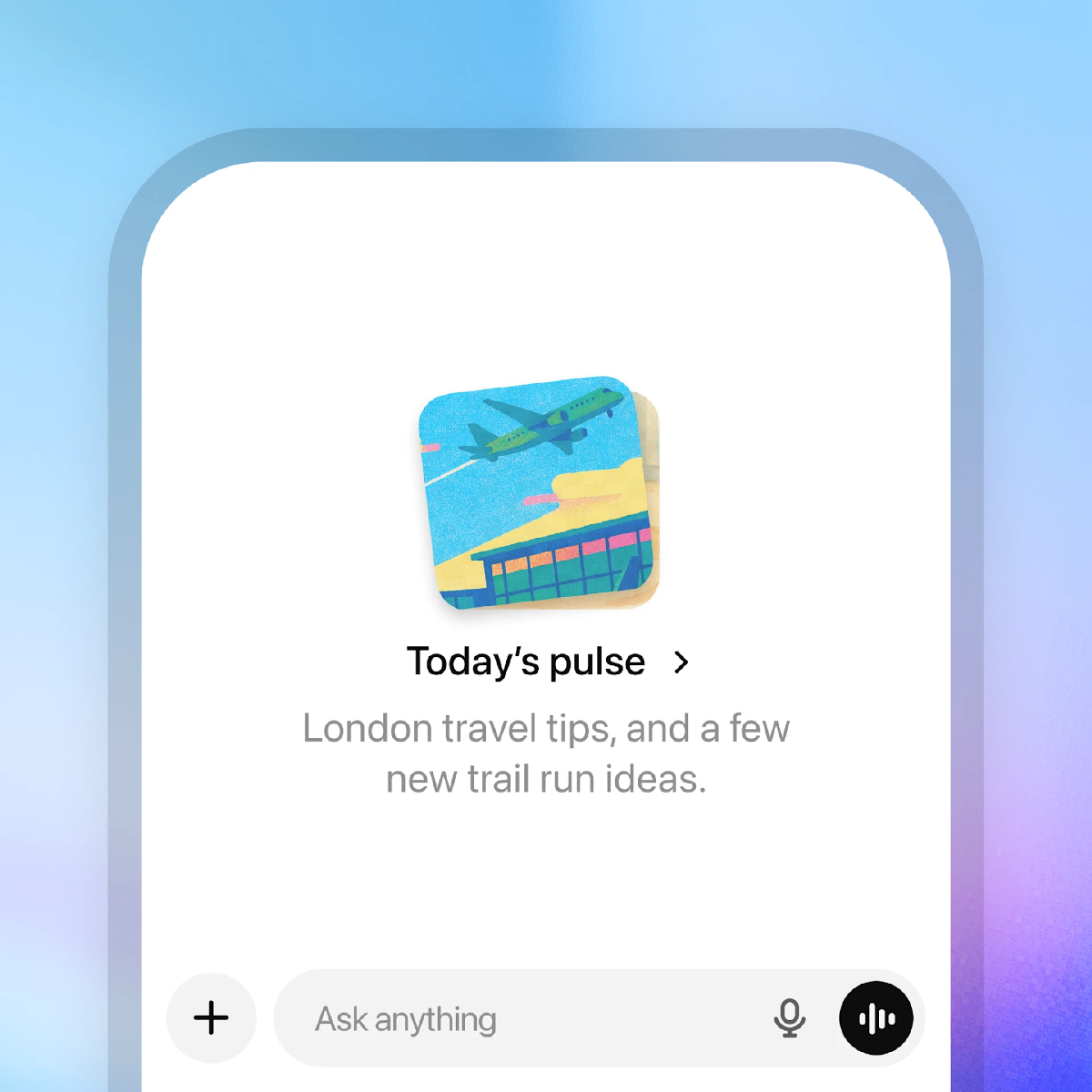OpenAI just flipped the script on how we interact with AI.
ChatGPT Pulse is here — a new feature that makes ChatGPT proactive instead of reactive. No more waiting for you to ask questions. Now it reaches out first.
What is ChatGPT Pulse?#
Think of Pulse as your AI morning newspaper, but personalized and actionable.
Every morning, Pulse delivers a curated briefing with 5–10 visual cards summarizing:
- Updates on ongoing projects
- Reminders for important tasks
- Follow-ups on previous conversations
- New suggestions based on your patterns
- Upcoming events and deadlines
Instead of opening ChatGPT with a blank prompt box, you get a focused snapshot of what matters most to you today.
How it works#
Pulse draws intelligence from multiple sources:
📚 Your ChatGPT history#
It analyzes your past conversations, recurring themes, and ongoing projects to understand what you care about.
🧠 Memory integration#
Uses ChatGPT’s memory feature to recall important details, preferences, and context from weeks or months ago.
📅 Optional integrations#
Connect Google Calendar and Gmail (opt-in only) for richer context about your schedule and communications.
🎯 Feedback learning#
Gets smarter based on which cards you save, expand, or ignore — but this data doesn’t train the base models.
The user experience#
Currently launching in preview for ChatGPT Pro users on mobile:
- One briefing per day — no endless scrolling or notification spam
- Visual cards make information digestible at a glance
- Tap to expand for deeper details or follow-up actions
- Save important cards for later reference
- Privacy controls built in from day one
Why this matters#
This isn’t just a feature update. It’s OpenAI’s bid to transform ChatGPT from a tool into an assistant.
The difference is fundamental:
- Tools wait for you to use them
- Assistants anticipate what you need
Pulse represents OpenAI’s vision of AI that works alongside you, not just when you remember to ask.
The bigger questions#
But proactive AI raises some important questions:
Do we want AI reaching out to us? There’s a fine line between helpful and intrusive. Even with “one briefing per day,” we’re talking about AI that decides what deserves your attention.
How accurate will these predictions be? AI that guesses wrong about priorities could create more noise, not less.
What happens to human agency? When AI starts driving the conversation, who’s really in control?
Is this just sophisticated marketing? Getting users to open ChatGPT daily, even when they didn’t plan to, is a powerful engagement strategy.
The privacy promise#
OpenAI emphasizes that Pulse is built with privacy controls:
- Opt-in integrations — you choose what data to connect
- Feedback isolation — your interactions with Pulse don’t train OpenAI’s models
- User control — you can disable or customize the experience
Whether these promises hold under pressure remains to be seen.
What’s next#
Pulse is currently mobile-only and Pro-exclusive, but expect broader rollout if early adoption goes well.
This feels like the opening move in a larger strategy. If ChatGPT can successfully become your daily AI companion, it shifts from occasional tool to essential habit.
The question isn’t whether the technology works — it’s whether we want AI this present in our daily lives.
Learn more: Read the full details in OpenAI’s official announcement.


